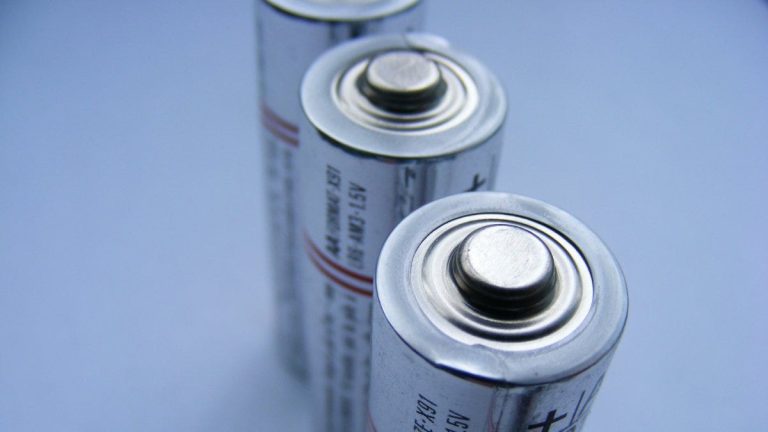In our increasingly interconnected world, where everything from our smartphones to electric vehicles relies on efficient energy storage, the role of battery electrode film cannot be understated. These unassuming components play a crucial role in the function and performance of rechargeable batteries, impacting our daily lives and the sustainability of our future. In this blog, we will explore the world of battery electrode films, their importance, and the ongoing advancements in this technology.
Understanding Battery Electrode Films: The Basics
Battery electrode films are the heart and soul of rechargeable batteries. They are thin, conductive sheets or coatings that act as the platform for chemical reactions, enabling the storage and release of energy. These films are typically made from various materials, including graphite, lithium iron phosphate, and other transition metal oxides, depending on the type of battery they are designed for.
In a lithium-ion battery, for instance, the anode and cathode electrode films store and release lithium ions during charging and discharging, respectively. These films are critical in determining a battery’s capacity, power density, and overall performance.
Why Electrode Films Matter
- Energy Density: Battery electrode films significantly impact a battery’s energy density. Thinner films can store more energy per unit of volume, resulting in batteries that are both compact and powerful.
- Efficiency: The properties of the electrode film, such as conductivity and porosity, affect the overall efficiency of the battery. More conductive films facilitate faster charge and discharge rates, while porosity can influence the battery’s electrolyte uptake and, in turn, its performance.
- Cycling Life: Rechargeable batteries depend on the ability of the electrode films to withstand repeated charging and discharging cycles. Quality electrode films can extend a battery’s lifespan.
- Safety: Electrode films play a role in the safety of batteries. They can help prevent issues such as short circuits and thermal runaway, which can lead to overheating or even fires in extreme cases.
Advancements in Battery Electrode Films
Battery technology has evolved significantly over the years, and electrode films have been no exception. Researchers and engineers continue to explore new materials, coatings, and manufacturing techniques to enhance the performance of these films and, consequently, the batteries they are a part of.
- Nanostructured Materials: The use of nanomaterials in electrode films has gained attention. Nanoscale materials offer larger surface areas and shorter diffusion paths for ions, leading to improved performance.
- Solid-State Batteries: Electrode films are at the forefront of the development of solid-state batteries. In these next-generation batteries, solid electrolytes replace traditional liquid electrolytes, which can offer higher energy density, improved safety, and faster charging.
- Sustainable Materials: As the world moves towards sustainability, there’s a growing interest in developing electrode films using eco-friendly and abundant materials to reduce the environmental impact of battery production.
- Advanced Manufacturing Techniques: Innovations in manufacturing, such as roll-to-roll processing and 3D printing, are being employed to produce electrode films with higher precision and consistency.
The Future of Battery Electrode Films
The future of battery electrode films is promising. As demand for energy storage solutions continues to grow, so will the investment in research and development of these critical components. Expect to see electrode films that offer higher energy density, faster charging, longer cycle life, and improved safety.
Additionally, electrode films will play a pivotal role in making renewable energy sources, such as wind and solar power, more accessible and reliable by storing excess energy for later use. They are also central to the development of electric vehicles and portable electronics that are both efficient and environmentally friendly.
In conclusion, while battery electrode films might not be the first thing that comes to mind when thinking about energy storage, they are undeniably a fundamental building block of the modern world. As technology and materials science continue to advance, we can expect even more exciting developments in this field, driving the evolution of batteries and energy storage systems that will shape our future.
